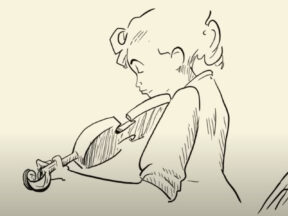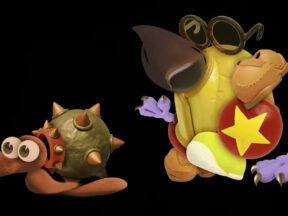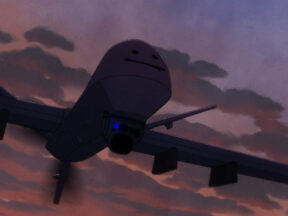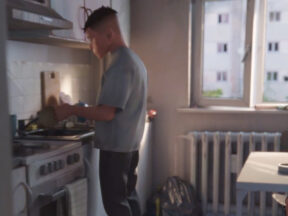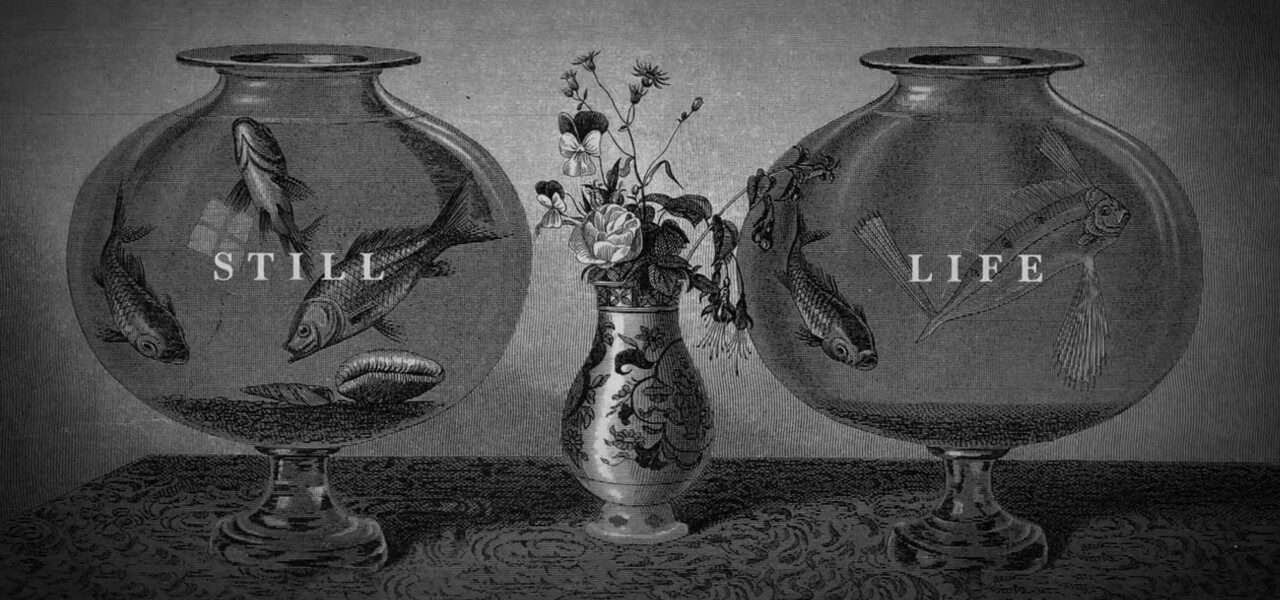
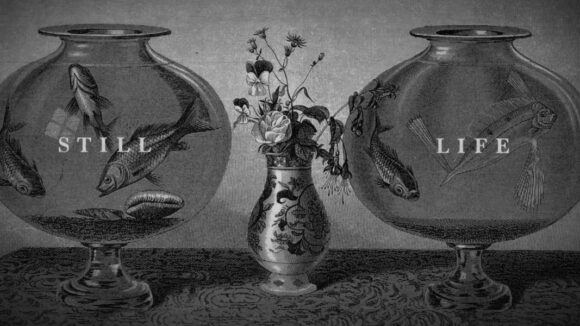
‘Still Life,’ An Enchanting Experiment In Replacement Animation By Conner Griffith
L.A.-based experimental animator Conner Griffith has released his latest short Still Life, an enchanting experiment in replacement animation.
Like leafing through the pages of an old catalog found in a grandparent’s basement, Still Life is a nostalgia trip, even if the viewer was born decades after its images were first produced.
For Still Life, Griffith scanned and processed over 1,400 prints from various historical sources. The images flow from one to the next with such aesthetic fidelity that a viewer could be forgiven for concluding that they were created for this short, but that’s not the case.
Instead, Griffith collected the images from engravings that were originally produced in the 19th century for visual dictionaries, shopping catalogs, instruction manuals, and scientific documents. The engraving techniques used to create the images varied, but most were made using either woodcut or metal plate engraving.
“The artists themselves are often not directly credited in these archives,” explains Griffith. “We’re left with an encyclopedia of objective representations, factual illustrations without subjective ownership. To me, this was a language of objects that begged to be written with.”
In addition to releasing his film online, Griffith has also shared the full library of prints he scanned and isolated for free in the hopes that the public domain archive will be used for a wide variety of creative approaches. A Google Drive link to the archives is here.
Griffith is a 2016 Rhode Island School of Design alumnus who has, since graduation, dedicated much of his practice to working in replacement animation. According to Griffith, his goal is to “push the boundaries of what I’ve seen with the technique, and my latest film Still Life is perhaps the exploration I’m most proud of.”
“Still Life considers how replacement animation can be more than a visual effect,” he says, “how each image carries meaning, and how the visual rhyming across images necessary to create the illusion of movement, can be paired with semantic rhyme schemes, to tell a story.”

